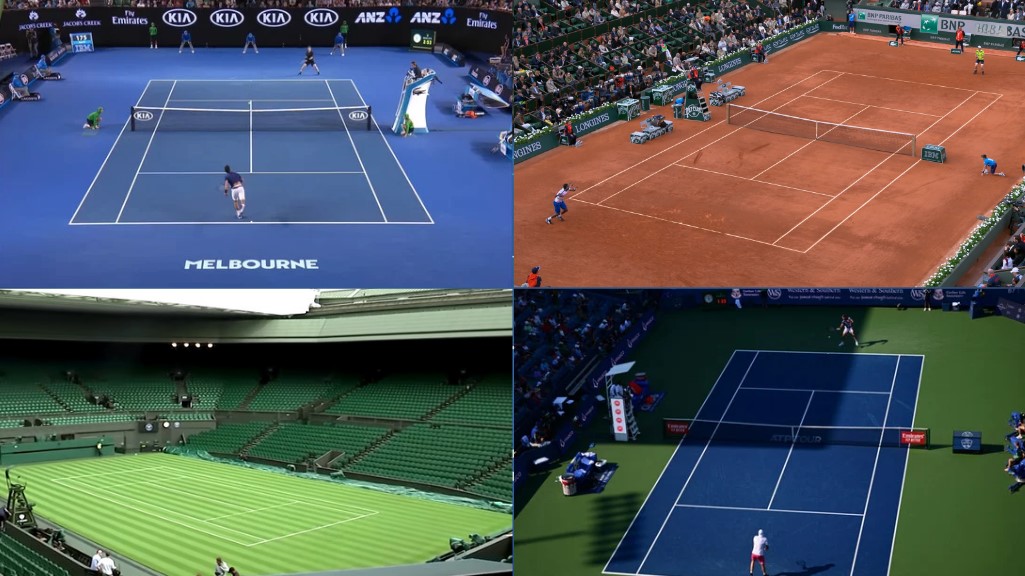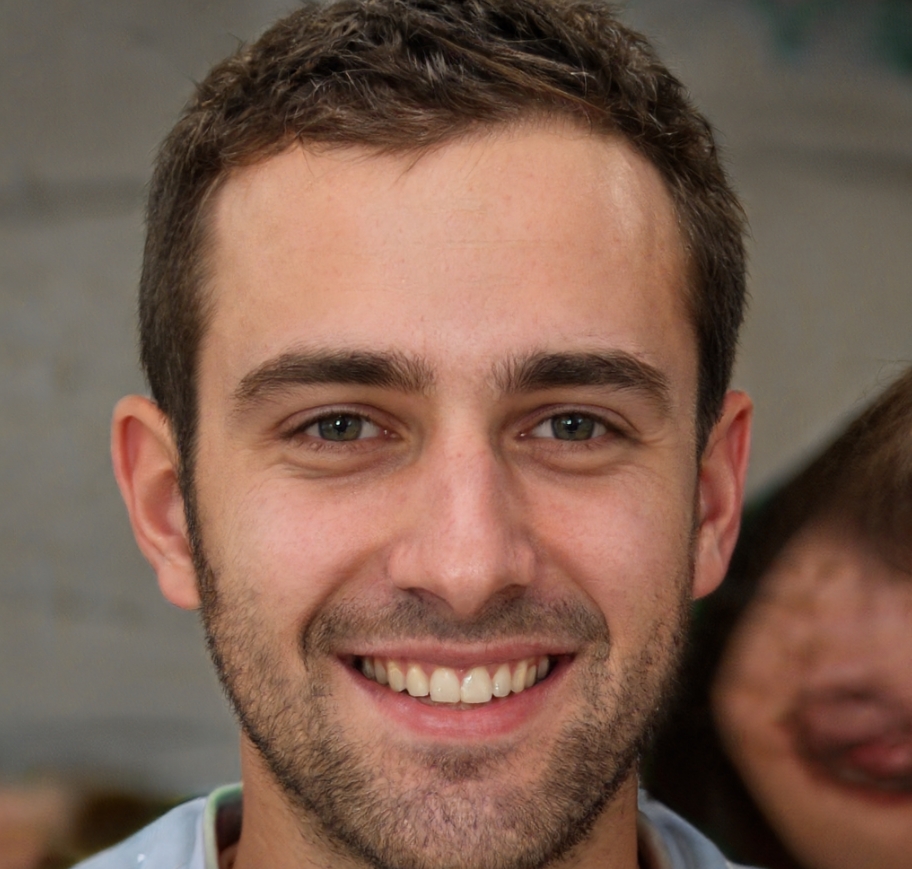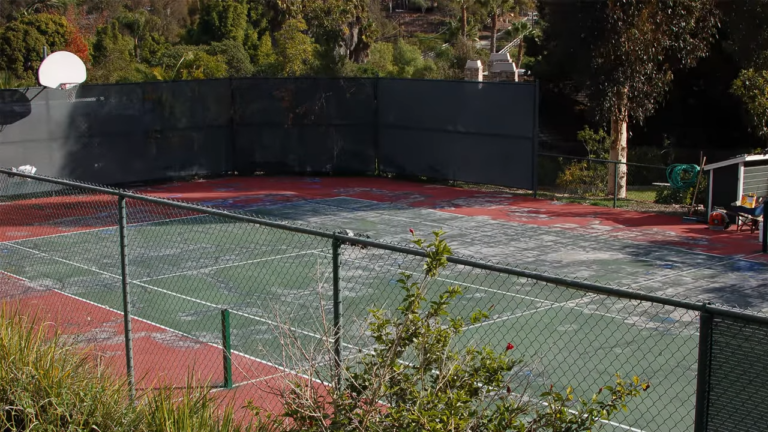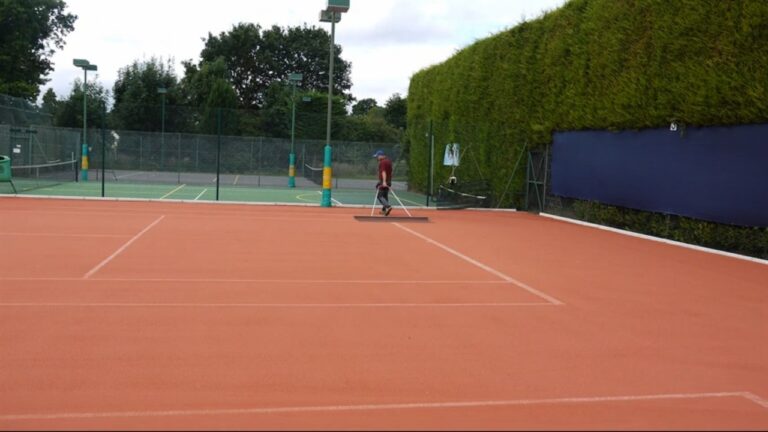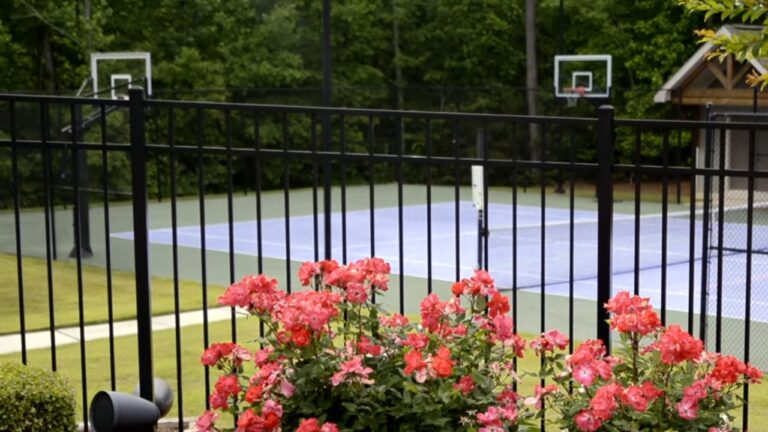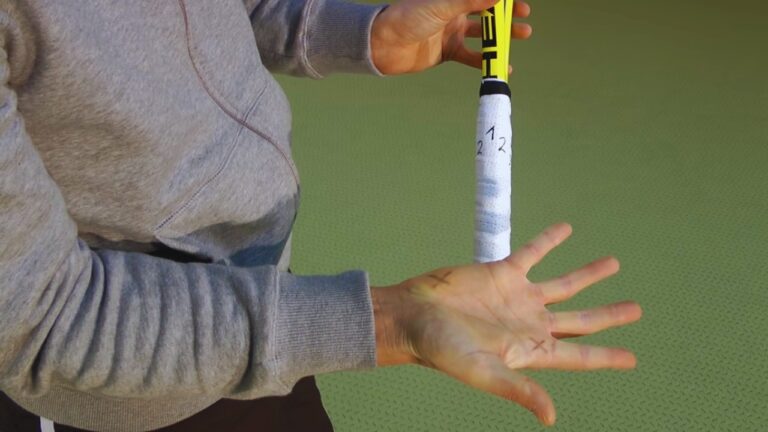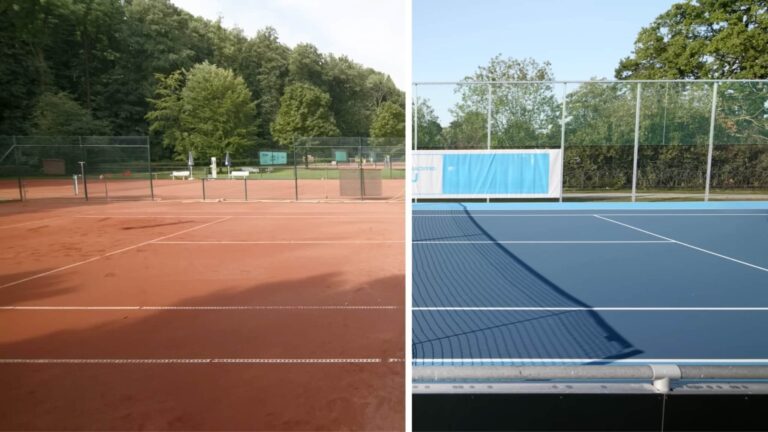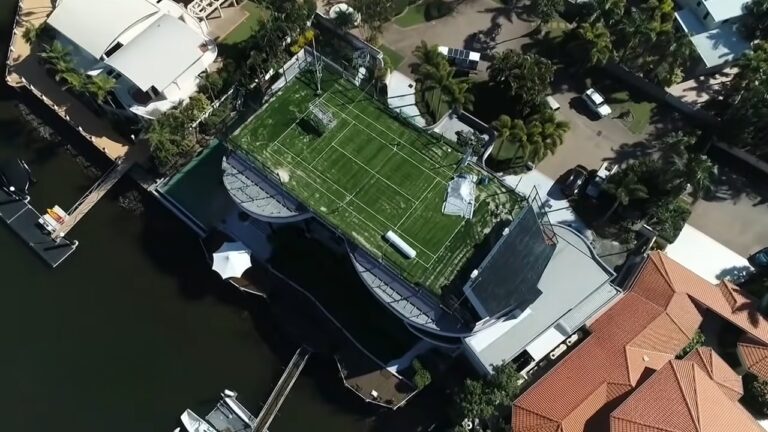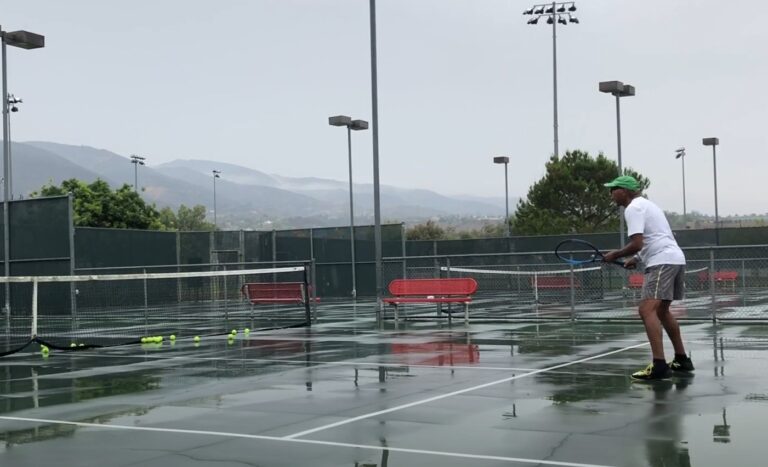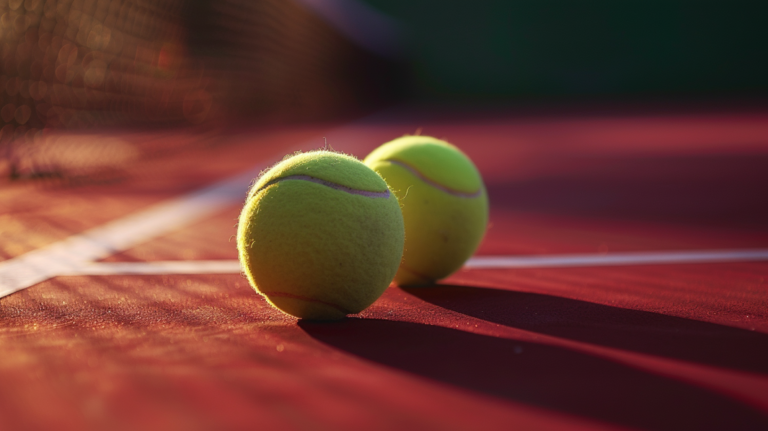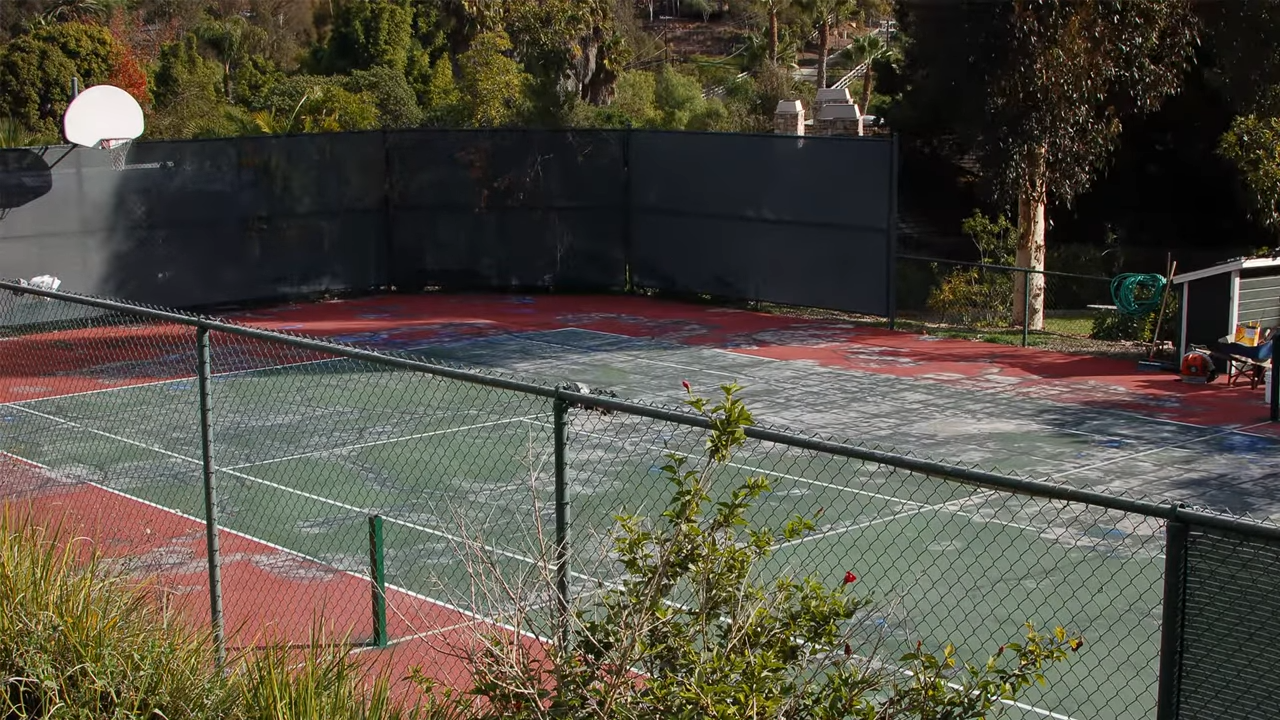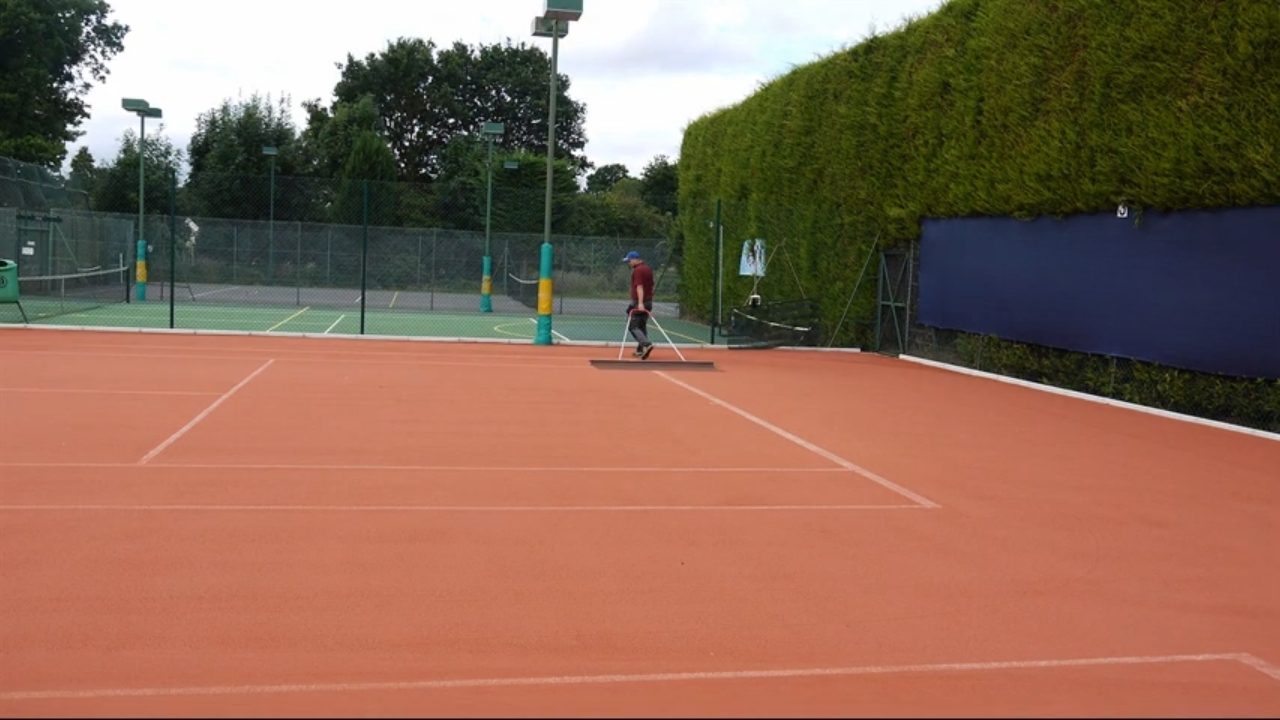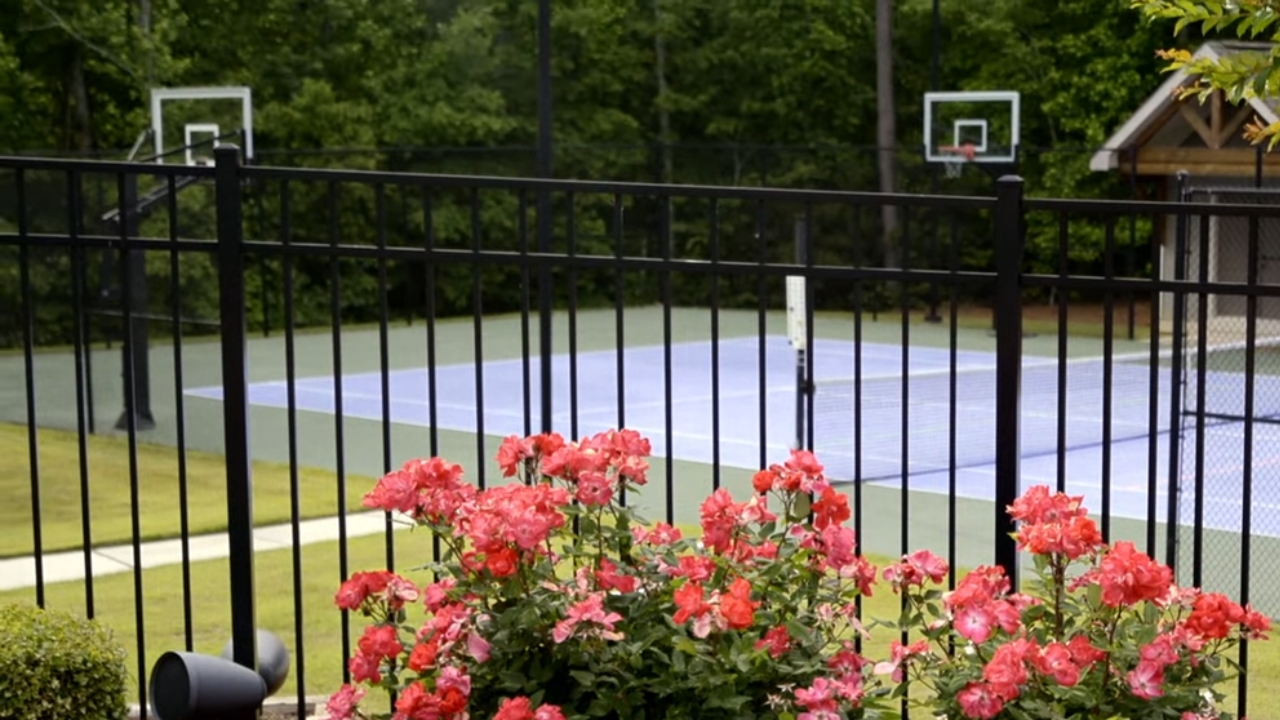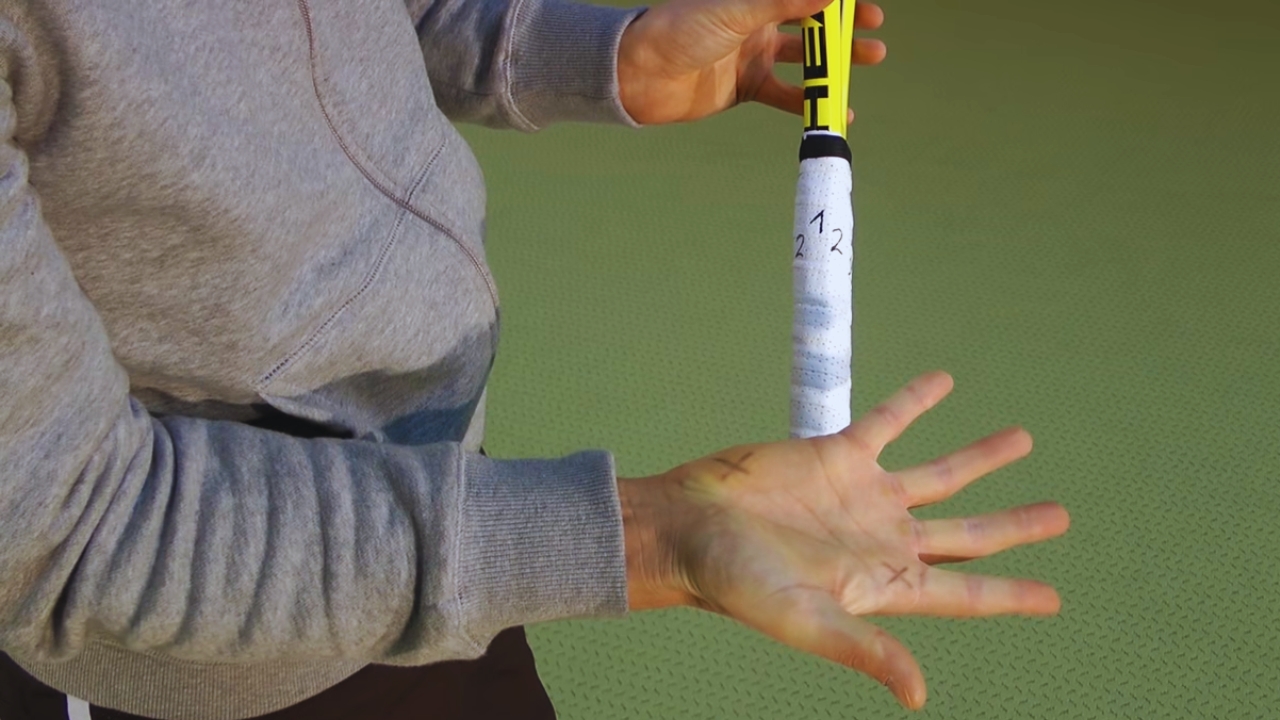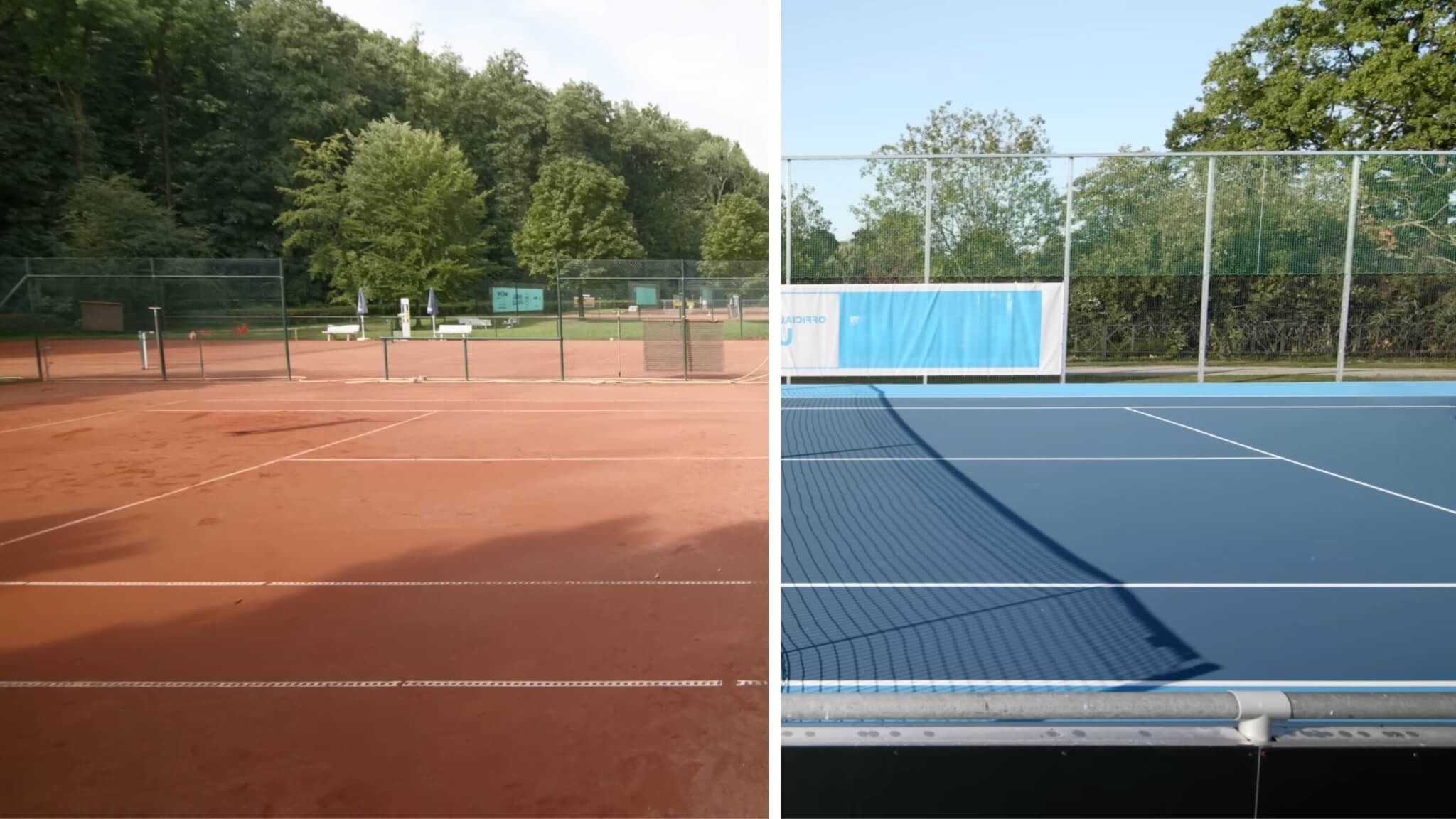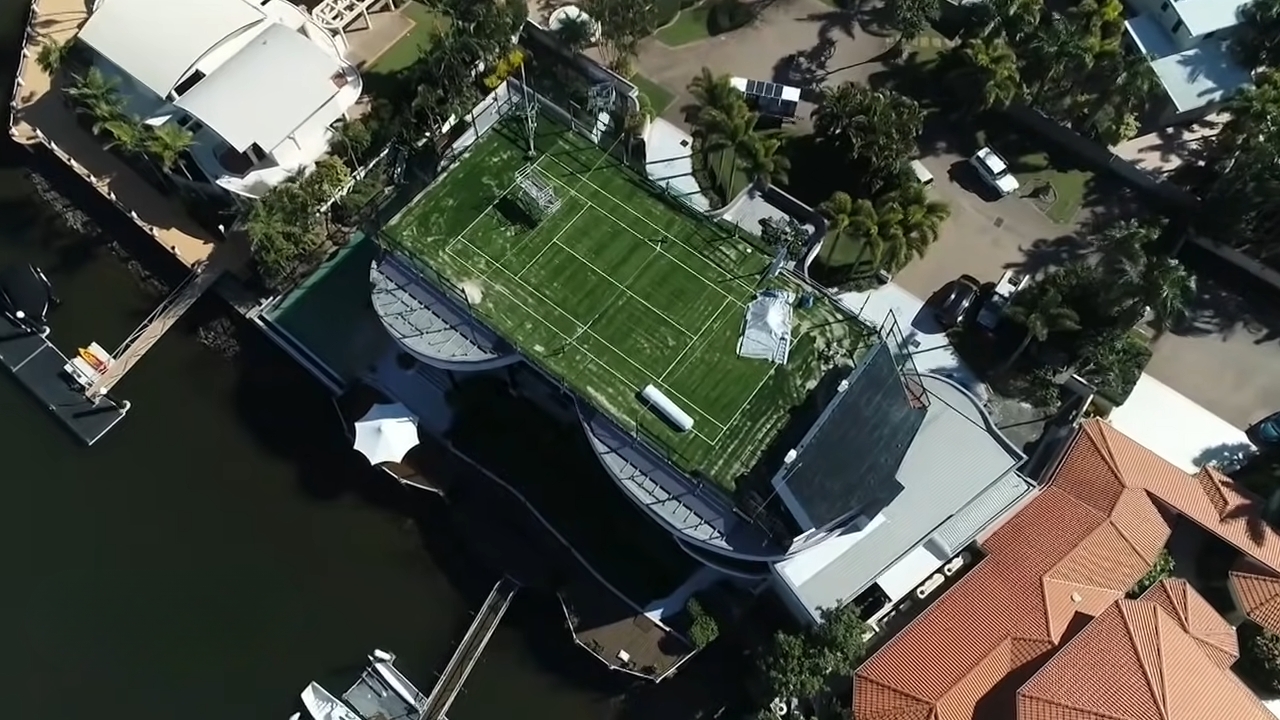The top tournaments have three main kinds – grass, hard, and clay.
Each surface helps some playing styles more than others. Grass is really fast so it favors aggressive players. Clay is slower and favors people who can run forever and use tricky shots. Hard courts are in between those two.
Because of this, certain pros do better at certain tournaments just based on the type of court.
Hard Tennis Courts: The Australian and US Open
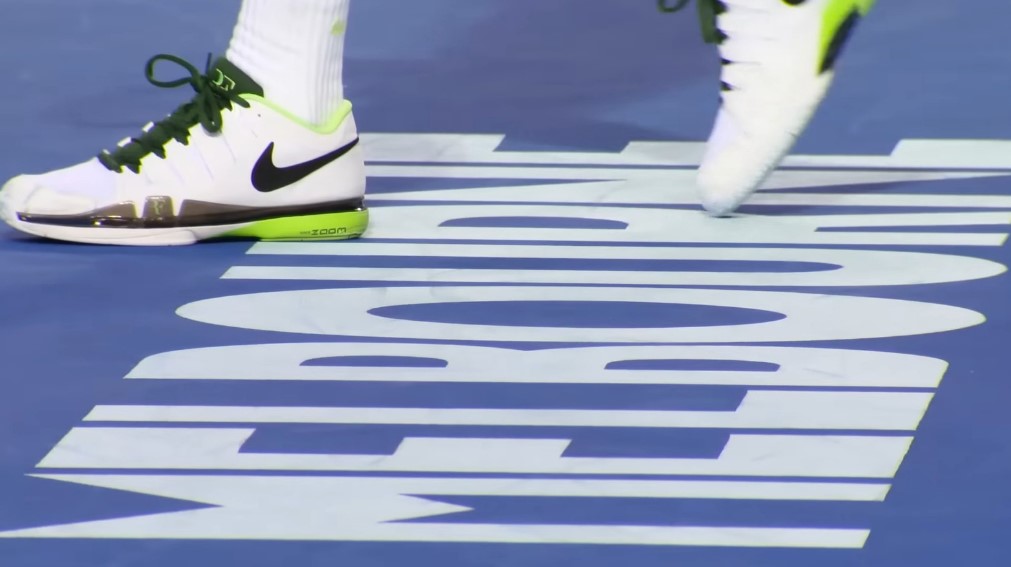
Hard courts last for a long time before needing repairs too, which must be why two of the biggest Grand Slams – the Australian Open and US Open – choose to use them. No need to rebuild between events if things hold up year after year!
Their sturdiness isn’t the only reason they rock though. Hard courts also give each swing a nice steady bounce back. This lets all different playing styles have an honest shot no matter their strengths.
The Australian Open’s Plexicushion
The Australian Open has been held in Melbourne since 1905. It used to be on grass but changed to hard courts in 1988.
They use a surface called Plexicushion that’s a medium-fast speed.
The blue Plexicushion courts were made special to handle Australia’s hot weather.
The US Open’s DecoTurf
The US Open first started way back in 1881. In 1978 it switched to hard courts, picking a surface called DecoTurf.
This hard court plays a little faster than the Aussie Open’s Plexicushion courts. That speedier pace helps big servers and folks who like to play really aggressively.
The US Open is held in Flushing Meadows, New York.
With its fast DecoTurf courts, the US Open offers a different kind of challenge within the Grand Slams. Powerful serves and quick-paced games get an advantage there.
Clay Court: The French Open
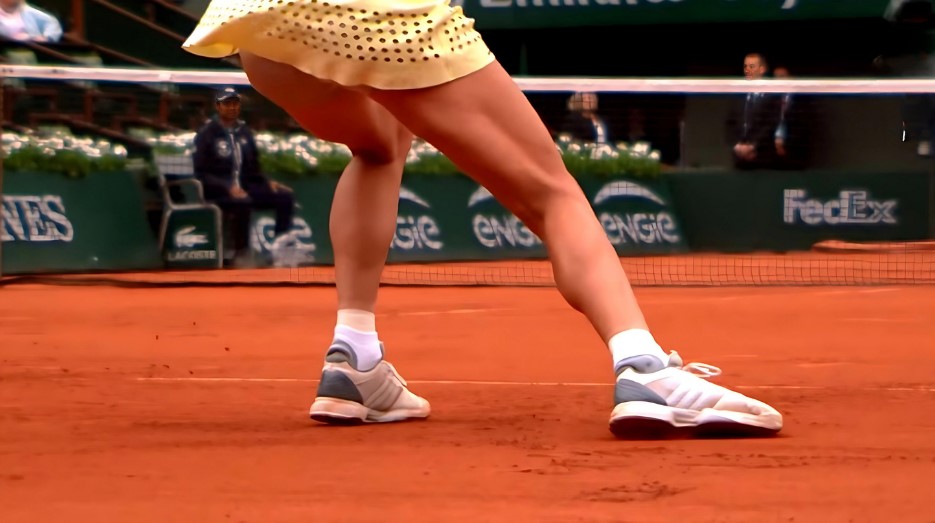
The French Open, also known as Roland-Garros, has been played on red clay courts in Paris since 1891. Over all these years, it’s become the place where clay court experts really shine.
The slow clay surface means long, long rallies that push players’ fitness and mental toughness to the max. It takes a good strategy to win points too. That’s why matches there can be real marathons!
The courts are made special with crushed bricks and stone, different than other tournaments. This unique red dirt brings its own challenges that pros have to learn to overcome.
Rafael Nadal is for sure the “King of Clay” with all his titles at the French Open! His success there more than anyone else shows how different clay court skills are.
Nadal knows just how to use the slow surface and high bounces to his advantage. He’s amazing at hitting topspin shots that are hard to return. And he never seems to get tired!
His way of adjusting his game for clay’s challenges has set a new bar.
Grass Courts: Wimbledon’s Tradition
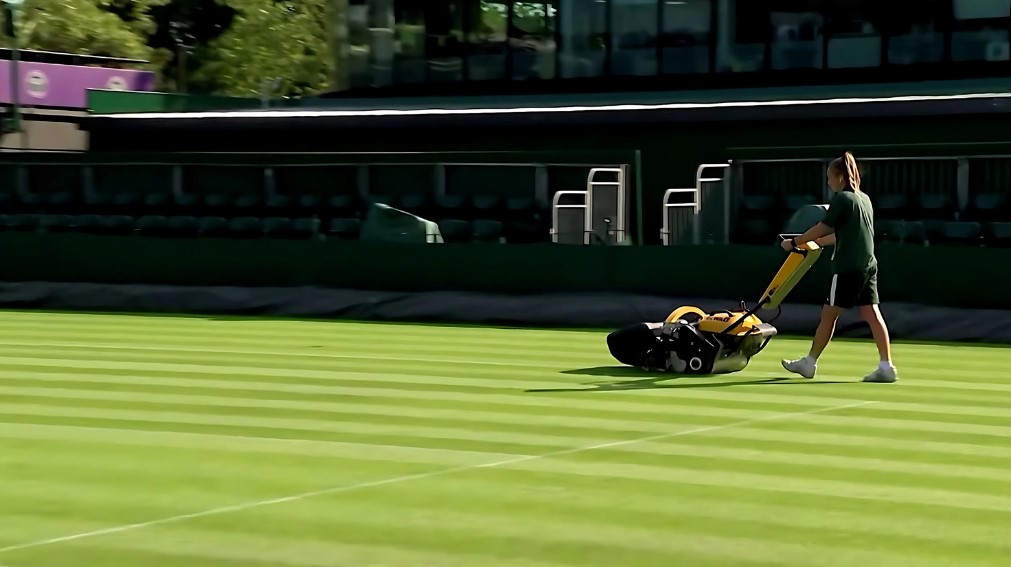
Wimbledon is one of the most popular tennis tournaments. It is the only Grand Slam always played on grass courts. Due to British rainy weather, central courts are using removable glassroof.
The Speed of Grass
Grass is the fastest surface of all. The ball doesn’t bounce up as high and can take funny spins sometimes. This helps players who like to serve strong.
All the players also have to follow the rule of wearing all-white outfits. This tradition goes way back to the 1800s.
The longest final match on a grass court
The 2019 Wimbledon men’s final was incredible. It was the longest final ever at almost 5 hours, with Novak Djokovic defeating Roger Federer in 5 sets.
The final score was 7-6, 1-6, 7-6, 4-6, 13-12.
Also, they were playing with rules where tie break won’t be prolonged after 12-12.
And the actual grass court marathon was in 2010. John Isner vs Nicolas Mahut for a mind-blowing 11 hours over 3 days! The final set alone was 68-70

